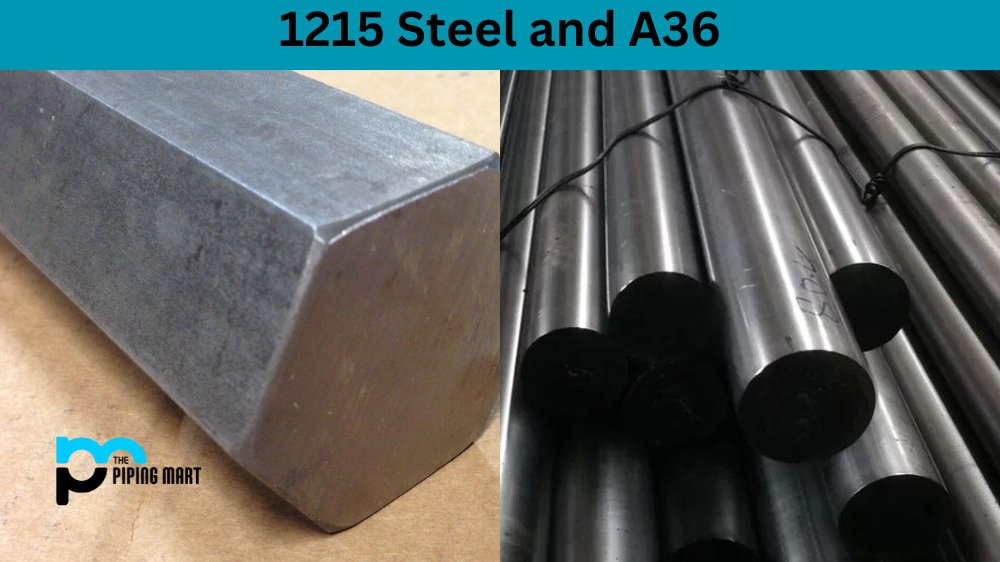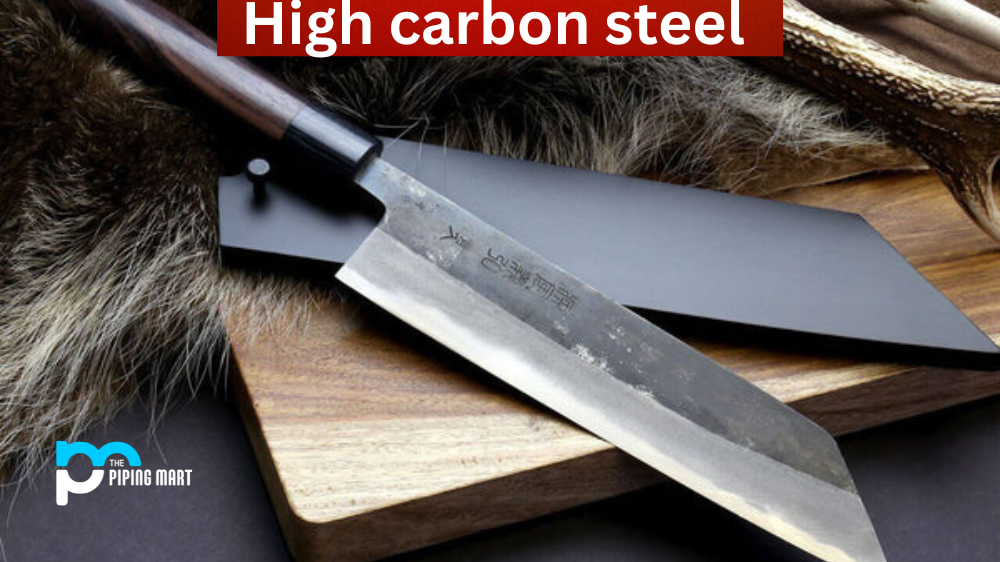Advantages of Steel Slag
The main advantage of steel slag is its cost-effectiveness. Because it’s produced as a by-product of metal melting, it’s generally much cheaper than traditional aggregates or materials like asphalt or concrete. Additionally, steel slag has great compressive strength and can be used as an alternative to gravel or other materials in roadbeds and foundations. Furthermore, its heat resistance makes it useful for applications where temperatures may get hot enough to damage more traditional materials like asphalt.
Steel slag also has several environmental advantages over traditional materials. For example, it reduces air pollution because its production doesn’t require burning fossil fuels like oil or natural gas that produce harmful emissions when burned. Additionally, because it doesn’t require mining to obtain raw materials (like sand and gravel do), there are fewer environmental impacts associated with steel slag production than with traditional construction materials. Finally, steel slag is resistant to erosion so roads built with this material can last longer than roads made with other types of aggregate or asphalt.
Disadvantages of Steel Slag
The primary disadvantage of using steel slag is that it’s not suitable for all applications. For example, while the compressive strength makes it useful in roadbeds, its lack of tensile strength makes it unsuitable for use in structures that need to bear weight or withstand movement (like bridges). Additionally, some people may find its look unappealing and prefer more aesthetically pleasing alternatives like asphalt or concrete. Finally, while heat resistance is an advantage in many situations, high temperatures can still cause steel slag to buckle under pressure, so caution should be taken when considering this material for use in such scenarios.
Conclusion
Steel slag offers many advantages over traditional construction materials, including cost-effectiveness, environmental friendliness, and increased durability; however, there are some drawbacks that should be considered before deciding if this material is appropriate for your project. Ultimately, only you can decide whether the benefits outweigh the risks associated with using steel slag, but understanding both sides will help make sure you make an educated decision about what material is best suited for your project needs.
Sakshee is a talented blogger, with a particular focus on the Business and Metal Industry. She is passionate about sharing her insights on various metal products and helping professionals to make a better decisions.




